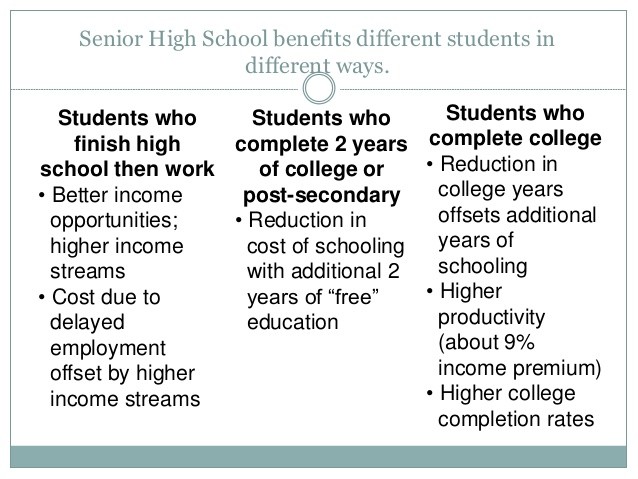Understanding Cost Basis
Post on: 11 Июнь, 2015 No Comment

Posted on Nov 18, 2011
What’s more fun than going on a lavish, five-star vacation? Investing.
And what’s more fun than investing? Learning about cost basis calculation methods.
Okay, fine. Seriously, though, new government regulations that will take effect in the new year could impact your investment portfolio. You may have already received a notice from your brokerage (or will soon). So, here’s what you need to know.
These new rules will change the way mutual fund investors calculate their “cost basis.” Basically, that’s the amount you originally paid to buy shares of your investment. When the government taxes your investments, they’re taxing the earnings you made during the year. So, if you bought an asset for $2,000 and now it’s worth $2,500, you’ll be taxed on that $500 difference. Cost basis is your $2,000 “starting point.”
How the New Rules Could Change Things
Your cost basis appears on all of your year-end statements, but until now, your brokerage didn’t actually report it to the IRS. That used to put the burden on you, the investor, to accurately report it.
Starting in 2012, that’s changing. Here’s what’s going on:
- Brokerages will start reporting cost basis to the IRS directly.
- This means brokerages will keep more thorough records of your cost basis, which can help your recordkeeping in the future, too.
- There are a few different ways to calculate cost basis, and now you may have additional options for how you want yours calculated.
Note that this only applies to non-retirement investing, since retirement accounts have totally different tax rules. Also, you’ll only be directly impacted by your cost basis at the time you sell an investment—but you should set your calculation method now for the future.
Your Three Main Options
There are a few different ways to calculate cost basis. For example, if you only put $2,000 in a mutual fund once, then that’s your cost basis, case closed. But, if you contributed to that amount over the course of months, then you were paying a different share price each time. So, how do they account for that?
These are the most common ways to calculate cost basis:
- Average cost: This is the most common method for mutual funds. The brokerage firm averages the price you paid for all of your shares and uses that cost to figure out if you had a gain or loss when selling. According to our in-house Certified Financial Planner Stephany Kirkpatrick, this is the best method for 95% of people, and it’s the safest for those who don’t have perfect records of all their transactions.
- First in, first out (FIFO): If you bought shares of a fund 30 years ago and kept buying more throughout the years, your cost basis with FIFO is calculated by selling off the oldest shares you own first. Of course, if the value of your investment increased, that actually can hurt you (because it reports the highest possible profit, which you’ll be taxed on). This method could make sense in some rare cases, like if you inherited mutual funds, and only if you keep meticulous records. Otherwise, this probably isn’t in your best interest.
- Specific selection (also known as “versus purchase”): With this method, you can pick and choose which specific shares you want to sell, to calculate your cost basis. For example, if you invested a little every month, you could choose to sell just the shares you bought in January of 2007, and not the others. As far as we see it, this method is only acceptable if you keep incredibly conscientious and meticulous records of all transactions, and are an active and informed investor.
For the vast majority of people, average cost is the way to go.
What to Do Now
Here are the default ways that a few common brokerages calculate cost basis. If your brokerage isn’t on this list, check out its website.














